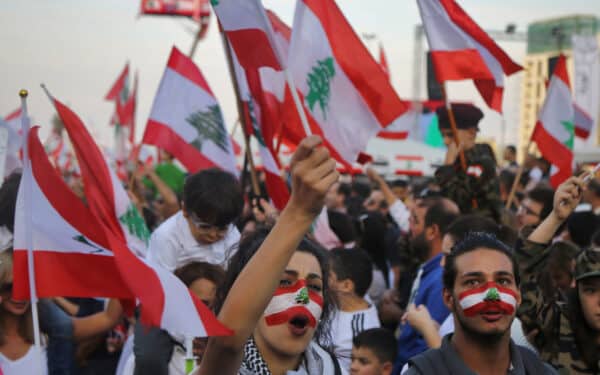Is the Syrian civil war finally over?
Yesterday, at talks in Sochi, Putin and Erdogan agreed to set up a demilitarised buffer zone around Idlib. All heavy weapons will be withdrawn by 10 October, and the zone will be in place by 15 October. The ceasefire has been met with wide acclaim: the Turkish Foreign Minister, Mevlut Cavusoglu, has called it ‘very important for the political resolution in Syria’, whilst the opposition Syrian Negotiations Commission said it was a ‘victory for the will for life over the will for death’.
Why Idlib?
The Idlib region in Northwest Syria is the last major enclave of rebel groups and jihadists who have been trying to overthrow the Syrian President Bashar al-Assad for the past seven years. Bordering Turkey, it is home to more than three million civilians, one million of whom are children. It was feared that it would be the victim of a large Russian-Syrian attack on the region, something the UN feared would be a humanitarian disaster and would lead to the displacement of many more refugees into an already overstretched Turkey.
Around half of Idlib’s civilian population are those who have already been displaced in the Syrian civil war, having fled from cities and regions in which the opposition resistance had collapsed.
Idlib is also important tactically: running through the province are major highways leading to the cities of Hamma, Latakia, and Damascus. If government forces were able to take a hold of Idlib, it would leave the rebels with just a few disparate, unconnected pockets of support and would, as such, effectively mark their defeat.
Who currently controls Idlib?
There isn’t really a clear-cut answer. The jihadist force with links to Al-Qaeda, Hayat Tahir al-Sham (HTS), is dominant in the area, controlling the provincial capital and the border crossing with Turkey.
However, the National Liberation Front (NLF), supported and backed by Turkey, is also powerful in the region. Formed by rebels wanting to counter HTS, the front is a broad alliance including members of the Free Syrian Army and Islamist organisations which previously fought under the banner of the Syrian Islamic Front.
How does this fit into the wider context of the war?
Through a coalition of Russian air strikes and thousands of Iranian fighters, the Syrian government has seen the conflict swing dramatically in its favour. In the words of Foreign Minister Walid Muallem, Idlib has become a final frontier for the government to ‘liberate’, and offers a chance to defeat HTS and regain complete control of the country.
In the words of Mustafa Sejari, an official of the Free Syria Army, the ceasefire ‘buries Assad’s dreams of imposing his full control over Syria’.
What does the buffer zone agreement specify exactly?
The agreement designates a 15 – 20 km zone along the border of the Idlib region, but specifies this in no greater detail than saying that it would be along the current contact line between the two opposing forces. Moreover, it is not clear if the zone includes Idlib city itself, and it is also unclear if areas in the region not in the zone will still be vulnerable to airstrikes.
Will it last / what will happen in the future?
The agreement will hopefully safeguard the lives of civilians in Idlib, and is a dramatic improvement on the trilateral summit with Iran, Russia and Turkey that broke down two weeks ago. Sadly, many are still sceptical about the longevity of the agreement. A New York think tank, The Century Foundation, has raised doubts, saying ‘the track records of all the participants really prepares us to expect the worst’. In the past, Russia has often continued to bomb groups it defines as terrorists. In June 2018, the Russian air force launched strikes on rebel factions in South West Syria, in contravention of a peace agreement with the US and Jordan.
But there are underlying political realities that make this agreement more likely to stick – a burgeoning diplomatic and trading relationship between Turkey and Russia, for example.



